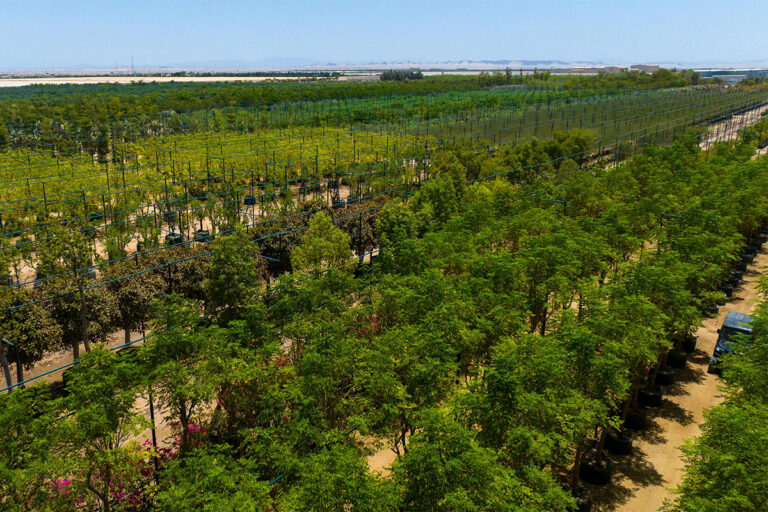
How has LED disrupted illumination?
The lighting industry has changed more in the past decade than in the previous century. LED was the catalyst because of its long life and energy savings of up to 90% over conventional lighting. As LED is digital, it can be connected to sensors and management systems to increase savings by delivering light only when and where it’s needed. By connecting lighting to other systems, apps and devices, we can enable new experiences and services.
What about energy efficiency?
Our climate is changing and we consume energy faster than we conserve it. We need to at least double the annual rate of energy efficiency improvement to 3%. The IEA says energy efficiency has to do two thirds of the job of tackling climate change, to put the world on a sustainable development track. This makes it not only our business, but everybody’s business. The Global Goals for Sustainable Development show lighting impacts many of them, like poverty reduction, education, consumption, cities, and infrastructure. We need to move from agreeing what needs to be done to doing what was agreed.
“Lighting has the highest return on investment-generating energy efficiency.”
Eric Rondolat, CEO, Philips Lighting
How can smart cities help?
Smart cities can balance energy supply and demand. To make a city smart, you need connected streetlights, smart homes and smart buildings with connected lighting, such as offices, industry, retail environments, and hospitals. We typically save a minimum of 50% of energy where we implement our systems, which is massive for cities![]()









